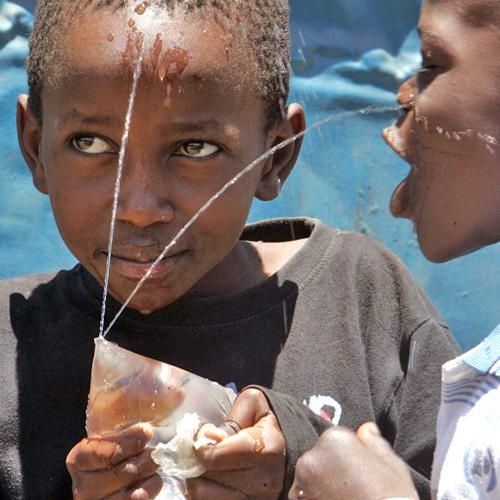UNITED NATIONS: The theme of this year's World Water Day is transboundary water. With drinking water getting scarce, United Nations is working towards solving water problems by making sure countries that share common reserves share water amicably, says a UN report on its website unwater.org.
The world's 263 transbounday lake and river basins include the territory of 145 countries and cover nearly half of the Earth's island surface. Great reservoirs of fresh water also move silently below countries' borders in underground aquifers.
With every country seeking to satisfy its water needs from limited water resources, some foresee a future filled with conflict. But history shows that cooperation, not conflict, is the most common response to transboundary water management issues.
Over the last 60 years there have been more than 200 international water agreements and only 37 cases of reported violence between states over water.
According to AP report, the world is neglecting a crisis over poor sanitation even as it makes progress in providing clean water, which means that diarrhea and related illnesses such as malnutrition will continue to kill at an alarming rate, experts said.
About 1 billion people do not have access to safe drinking water, and 2.5 billion people lack access to adequate sanitation, according to the United Nations. But the World Water Council, organiser of a forum in Turkey, said investment in sanitation rarely amounts to more than 0.3 per cent of global GDP, even though latrines and sewers are relatively cheap and play a key role in preventing disease.
The Geneva-based group estimates that 1.2 billion people, more than half of them in India, defecate in the open, a custom that can spread disease because bacteria is easily transmitted to people through flies or other contact.
Water facts
- Of all water on earth, 97.5 per cent is salt water, and of the remaining 2.5 per cent fresh water, some 70 per cent is frozen in the polar icecaps. The other 30 per cent is mostly present as soil moisture or lies in underground aquifers.
- To ensure our basic needs, we all need 20 to 50 litres of water free from harmful contaminants every day.
- 1.1 billion people live without clean drinking water.
1.2 - 2.6 billion people lack adequate sanitation.
- In areas poorly served with water and sanitation, the child mortality rate is multiplied by 10 or 20 compared with to areas with adequate water and sanitation services. 3900 children die every day from water borne diseases.
- A child born in the developed world consumes 30 to 50 times as much water as one in the developing world.
- Globally, diarrhoea is the leading cause of illness and death.1.8 million people die every year from diarrhoeal diseases.
- In developing countries, 70 per cent of industrial wastes are dumped untreated into waters where they pollute the usable water supply. Some 300‐500 million tonnes of heavy metals, solvents, toxic sludge, and other wastes accumulate each year from industry.
- Approximately 70 per cent of all available water is used for irrigation.
- By 2075, the number of people in regions with chronic water shortage is estimated to be between 3 and 7 billion.
(Source: WHO, UNESCO, Water Partners International, Stockholm International Water Institute)













